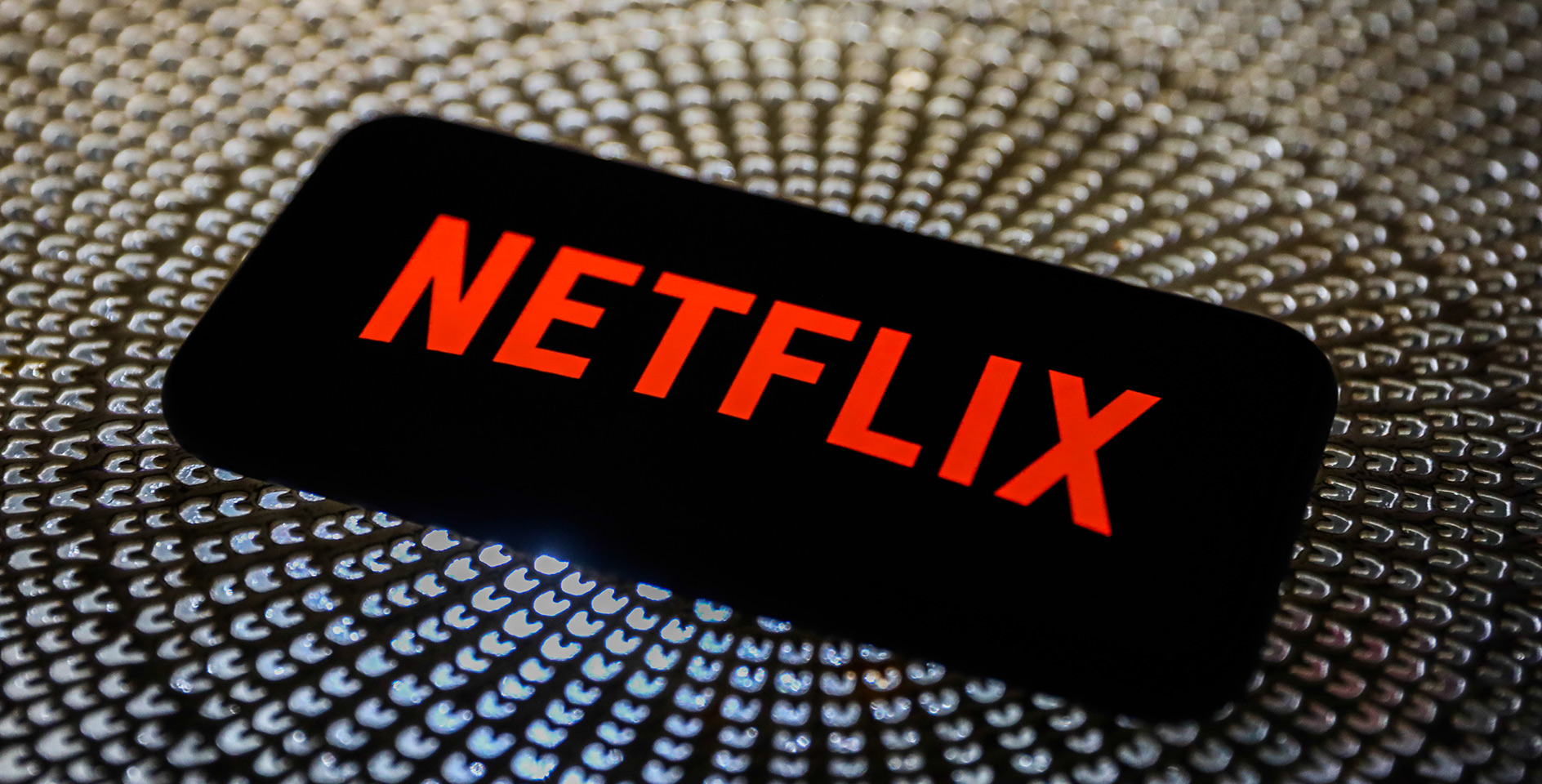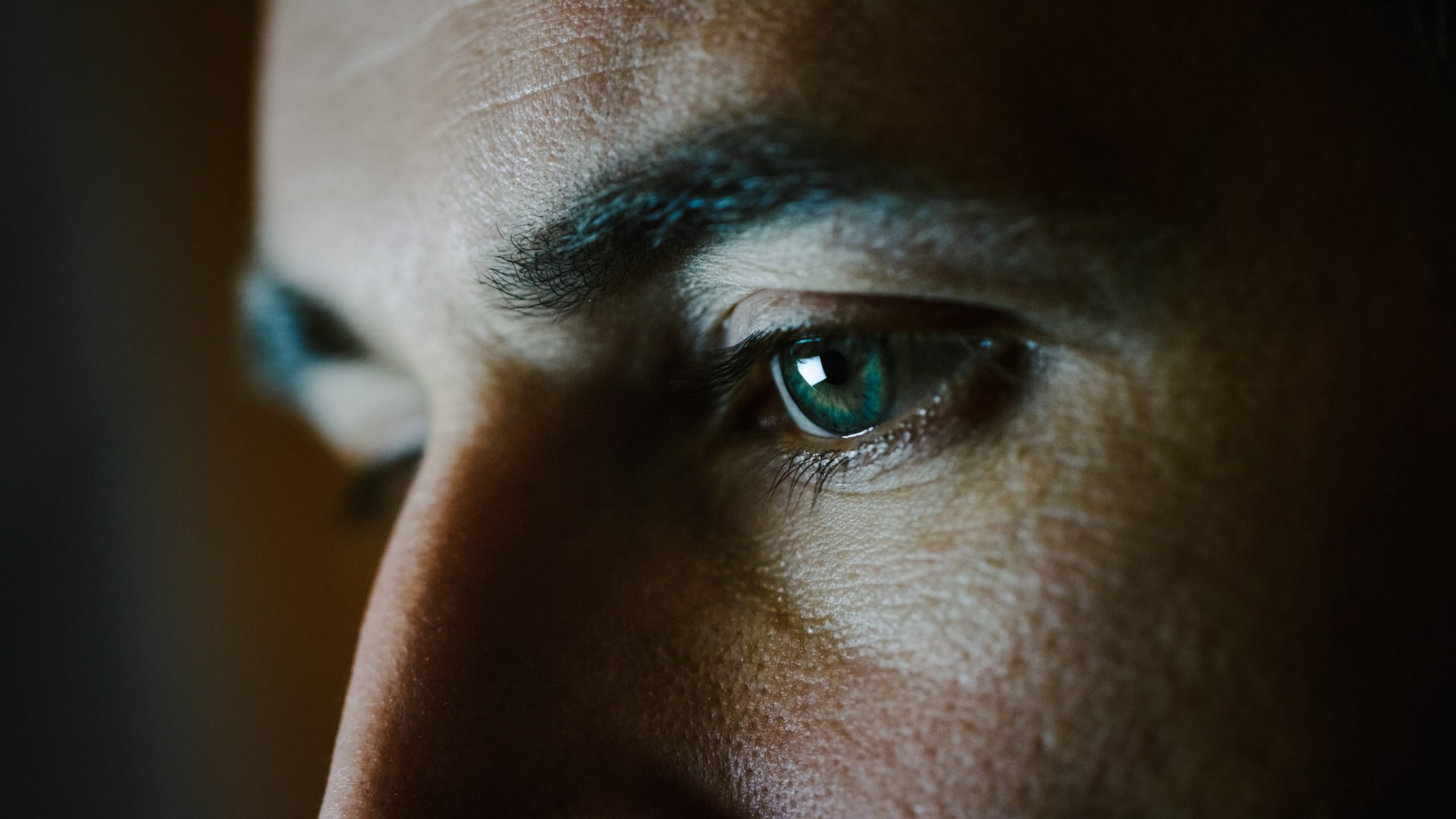Editor’s note: In critiquing the film, this article includes some graphic descriptions of the film’s disturbing scenes.
As a filmmaker, I know that filmmaking teams spend a lot of time planning out shots in their storyboards, framing shots on set, selecting and contrasting shots in the editing room, and creating “key art” that promotes the theme and tone of their films. This work is not done on a whim. Most films represent years of effort spanning prep to promotion. The imagery is intentional and highly curated, selected to elicit a strong emotional reaction in viewers.
The film industry also spends a lot of time discussing the ethics of filmmaking and representation—especially in the documentary world. Those conversations are necessary and valuable to bringing diverse voices and experiences to storytelling.
Reacting to the film’s key art
So it’s with that knowledge and experience that I was dismayed when Netflix launched a promotional campaign for a Sundance-award-winning film called “Cuties.” The film’s logline is: “Eleven-year-old Amy starts to rebel against her conservative family’s traditions when she becomes fascinated with a free-spirited dance crew.” I think “free-spirited” is not even close to an accurate description of this group, but it was the image for the film’s marketing campaign that drew the initial ire.
Netflix is very intentional about the imagery for its films, changing it frequently and testing to see what attracts viewers to a particular film. But the first promo campaign for “Cuties” drew outraged responses, which Netflix later changed after issuing an apology. This campaign showed images from one of the final scenes of the film—the hyper-sexualized dance contest that the “cuties” were competing in. It is a scene that is supposed to show the negative aspects of sexualizing young girls. But the film’s key art told a different story.
As the Hollywood Reporter defines it, key art is “the singular, iconographic image that is the foundation upon which a movie’s marketing campaign is built.” Meaning that this image sums up the tone, theme, and message of a movie. That’s why this image provoked so many people even before the film’s Sep. 9 release on Netflix. They understood that the film was being sold on the sexualized imagery of girls.
A campaign to #CancelNetflix immediately followed. The film’s French-Senegalese director, Maïmouna Doucouré, was stunned. She had not received a similar reaction at the Sundance film festival earlier this year (where, it should be noted, her film’s key art was decidedly less sexualized). Instead, her film received the Directing Award in the World Cinema Dramatic competition, a top prize for any director, much less a feature film directorial debut. Writing for The Washington Post, Doucouré said her film was intended to provoke adults to make changes to benefit generations of children to come and that, with this film, she was doing her part as a filmmaker.
Some people have found certain scenes in my film uncomfortable to watch. But if one really listens to 11-year-old girls, their lives are uncomfortable.
We, as adults, have not given children the tools to grow up healthy in our society. I wanted to open people’s eyes to what’s truly happening in schools and on social media, forcing them to confront images of young girls made up, dressed up and dancing suggestively to imitate their favorite pop icon. I wanted adults to spend 96 minutes seeing the world through the eyes of an 11-year-old girl, as she lives 24 hours a day. These scenes can be hard to watch but are no less true as a result.
Doucouré is even clearer about her intent in a Netflix interview on YouTube about why she made this movie that depicts both Islamic and Western views of women: “We are able to see the oppression of women in other cultures. But my question is, isn’t the objectification of a woman’s body that we often see in our Western culture not another kind of oppression?”
Criticism of the film
That’s an astute question and one that I agree with. So the question then comes down to how well does she pull off this intent in her film? Is the criticism of her film valid or not? In an October 14th article in Variety, co-CEO Ted Sarandos says no.
Sarandos says the film is “misunderstood” and raised First Amendment concerns about governmental efforts to pressure the company. He made it clear Netflix has no plans to alter the film that is an autobiographical story for director Maïmouna Doucouré.
“The film speaks for itself. It’s a very personal coming of age film, it’s the director’s story and the film has obviously played very well at Sundance without any of this controversy and played in theaters throughout Europe without any of this controversy,” Sarandos says. “It’s a little surprising that in 2020 America we’re having a discussion about censoring storytelling.”
It’s possible to claim that “Cuties” is misunderstood if its critics only responded to the marketing campaign and didn’t watch the film—though the initial marketing campaign was clear and was quickly revised. But it’s also possible that Sarandos and Doucouré misunderstood the critical response. I don’t think it’s about censoring storytelling. I think it’s about responding to the imagery chosen by a director who claims in the Washington Post that she “wanted to make a film in the hope of starting a conversation about the sexualization of children.”
So let’s talk about those scenes. The film starts when 11-year-old Amy (played by Fathia Youssouf, 14, who is luminous in her debut acting role) moves with her family to a new apartment in a worn-out housing project filled with other African Muslim families in Paris. Her father is on a long trip back to Senegal. In a heart-breaking scene (worthy of the directing award), Amy learns that her father has gone there to take a second wife and that her mother feels rejected and powerless to change it. But in a Muslim prayer group, she hears a leader tell the assembled women that though they are precious to Allah, many more women than men will end up in hell: “Where does evil dwell? In the bodies of uncovered women. Therefore, we must strive to preserve our decency, we must obey our husbands, and fear God when we educate our children.”
In contrast to her family’s culture, Amy sees a group of classic mean girls at school who are popular and accepted, and she yearns to be like them. These are the “Cuties”—a group desperate to win a local dance competition. Though they are mean to her, Amy eventually befriends one of them in her building. As they slowly accept her, they include her in their sexting, porn discussions, and cat-calling encounters with older boys. Craving acceptance, this rowdy clique tries to gain the attention of older boys who, mercifully, turn them down as being too young.
When Amy steals a phone from a visiting cousin, she now has the tool to see what’s happening online. These social media posts quickly shape her ideas of acceptance and femininity. Watching dance videos on this phone, she practices her moves in secret and eventually convinces the group to accept her because she can dance as they do. However, shaped by what she has seen online, Amy pushes them to dance in even more suggestive ways—and this is where the film begins to undermine its intended message.
Prior to this scene, Doucouré mostly handles the issue of porn and sexting by watching the girls’ reactions to the material, rather than showing the audience what the girls are looking at. It’s still cringe-worthy to hear them talk in a mixture of naivete and smut, but it establishes the sexualized online world of these girls. But now, as Amy joins the dance troupe, the director’s camera turns on the girls with the classic “male gaze” montage of body parts for a two-minute scene that is uncomfortable to watch as the girls fondle each other’s rears and dance in very suggestive ways. Instead of offering a critique about hyper-sexualizing pre-adolescent girls, this scene showcases it. There is no awkwardness of prepubescent girls trying out unfamiliar moves and showing their discomfort in doing so. It’s disturbing to see these young girls look so practiced at something that is supposed to be new for them and that’s a directorial choice.
The same thing happens in a later scene, when the girls set up one of their own phones to record their dance on some steps. In their world, the phone would have been on a wide shot the entire time of this dance. But instead of giving the audience the phone’s point-of-view, the director decided to go for the tight shots once again, creating another unnecessary 90-second montage of sexualized dance moves, with close-ups on the girls’ twerking rears and crotches. It’s not believable that this is how the home-made video was filmed by the girls, so the shot choices here pull the viewer’s head out of the film to wonder why a director making a commentary on sexualizing children is unnecessarily sexualizing children in this scene.
But as a plot point, this dancing video ends up going viral for Amy, and we see her captivated by all the likes the next day at breakfast. That triumph is ruined when Amy later gets in a brawl with a competing dance squad and ends up exposed in her ratty underwear. Someone makes a video of it, and of course, that goes viral, too. That now jeopardizes the reputation of the Cuties in the upcoming competition. They are seen as little kids wearing little kids’ underwear. As Amy learns this bad news, she is confronted by her cousin who sees that she has stolen his phone. Desperate not to lose her lifeline to popularity, she unsuccessfully attempts to seduce him to get the phone back. When he pushes her away, she bites him, wrestles the phone away, and runs into the bathroom and locks the door. While her cousin pounds on the door, she hastily pulls down her pants, takes a crotch shot of herself, and posts it, before throwing the phone back at her cousin. It’s a shocking move and one that seems out of character for Amy, given her background and her world.
Of course, all of this behavior comes back to her mother, who hysterically confronts her daughter, slapping her and asking her who she has become. The elderly “auntie” intervenes, and the scene abruptly shifts to the two older women sprinkling water on Amy as she stands in her underwear. It is a callback to an earlier scene when the mother tells Amy that water washes away sins. But Amy reacts very oddly, performing a trancelike simulation of sex and orgasm that befuddles the older women—as well as this viewer. This is the most confusing and gratuitous part of the film, especially in a scene that has religious overtones. There are other moments in the film that awkwardly attempt a magical realism, and perhaps this scene is supposed to be in that vein, but it didn’t work. It’s just super disturbing to watch Amy shake, hump, and moan in a sexual pantomime, making me wonder why Doucouré thought this unsettling scene served either the storyline or her activist goals.
The film culminates in the dance competition that the Cuties have been preparing for, which also takes place on the same day as Amy’s father’s wedding to his second wife. As the girls twerk and pout their way across the stage, the audience does not react positively to their moves. In fact, many look appalled. In the middle of the competition, Amy has a meltdown and leaves the stage. She runs home in her skimpy dance costume to encounter her mother, who is regally outfitted in traditional dress for the wedding. Inexplicably, and in contradiction to the previous scenes, the mother receives her daughter warmly and tells her she doesn’t have to go to her father’s wedding. Then Amy goes outside and ends up jumping rope with other kids. End of film.
It’s not a logical or satisfying end to the movie because it’s abrupt and all the set-ups for a dramatic third act don’t pay off. These characters don’t act in the ways the audience would expect from prior behavior. For example, Amy is so competitive that she pushes one of the dancers in the river to ensure she has a place on the team at the competition but then she melts down because a few dozen adults stare at her? Her mother doesn’t get angry when her daughter shows up “uncovered” on the day of her humiliation at her husband’s wedding to another woman? These reversals of emotional arcs for these characters are supposed to reveal redemption, but instead it’s just confusing and unrewarding. Her mother is still humiliated by having to deal with a second wife, and the sexualized world of Amy’s peers is unaddressed. At the film’s conclusion, Amy appears to have no healthy option for her future as a young woman.
Conclusion
So in the end, the cinematic language of “Cuties” promotes the very thing it is critiquing. Had Doucouré filmed it in a way that didn’t objectify these girls, I think her film would have offered a better commentary and been more widely accepted. In her interviews, Doucouré makes a case for her activism with this film that is not obvious to someone who just watches the film and sees her directing choices. There were too many gratuitous and unnecessarily sexual shots of these young actors to serve that stated goal. Instead, “Cuties” contributes to the problem.
Is the Netflix backlash warranted? It definitely was for the original key art. It’s also a legitimate response to the film because of the problematic scenes described above. But that’s not “censoring storytelling”—no government is enforcing any standard here. That’s simply making a legitimate consumer-driven choice.
But I also think if “Cuties” makes you mad, you should do something more substantial than cancel your Netflix account. A better backlash would be to skip watching “Cuties” and direct that outrage toward truly damaging entities like PornHub that are profiting from actual filmed sexual abuse of minors (and adults) and getting away with it.
As activist and author Rachael Denhollander tweeted: ‘“Cuties” is bad. The federal government receiving 70 MILLION FILES of child pornography and doing VERY little about it – is worse. Laws that make it impossible to prosecute or sue companies like Pornhub that monetize child rape and simulated rape, is worse. Get involved.”







